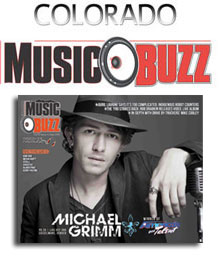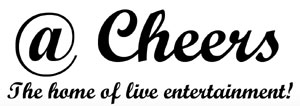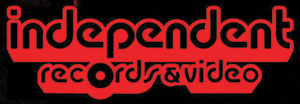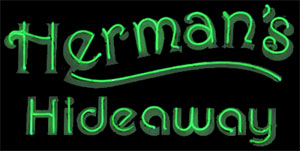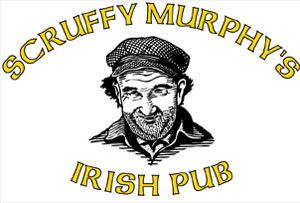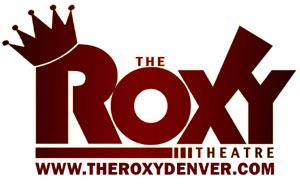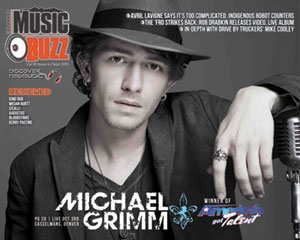Beats Antique-an Interview
Beats Antique – Fillmore Auditorium – December 3, 2011
by Corey Blecha
Since forming in 2007, Beats Antique have been fusing world instrumentation and classical music training into a performance art group that utilizes a live drummer and world-class belly dancer, with the goal of losing inhibitions and creating spectacular art always close to the heart. Comprising of drummer, Tommy Cappel, multi-instrumentalist David Satori, and producer and renowned belly dancer, Zoe Jakes, their combination of classic and traditional techniques coupled with new-school technology has allowed them to tap into a completely unique sound that has music lovers all over the world buzzing. Whether it’s with their signature psychedelic, downtempo beats, or their more recent bass-music oriented sounds, Beats Antique always has a surprise up their sleeves for the studio and stage. On December 3rd, they will be coming through Denver for a stop at the Fillmore Auditorium, with opening acts, Tipper and Lynx, alongside Alex and Allyson Grey, who will be accompanying the show with their world-class live paintings! I had a chance to catch up with Zoe and David to talk about the tour, art, musical inspiration, and their interesting use of animal masks.
CMB: We are looking forward to an amazing show at the Fillmore on December, 3rd. How did Alex and Allyson Grey get involved with the show? Have you worked with them before?
David: No, we haven’t worked with them before, this will be the first time doing an event with them, but I have been a fan of them now for about 15-17 years, since I was in high school, so it’s an honor to share the stage and work with them at the Fillmore, of all places!
CMB: Where are your favorite places to play? Who has the best crowds?
David: Colorado has always been amazing, Red Rocks and The Fillmore are two of my favorite places to play!
Zoe: What David is trying to say is, whenever we have a show in Colorado, people are crazier than they are anywhere else! People in Colorado are insane, and it’s a really fun crowd to perform for, because people freak out and its really cool!
David: Also, Ashville, North Carolina. There’s this place called the Orange Peel.
Zoe: Yes, they have amazing sound!
David: And I love Higher Ground in Burlington, VT, because that’s where I’m from!
CMB: What was the process behind making the new album, Elektrafone, and was there a concept in mind or any particular sound you were going for?
David: This is our fourth full-length album, so we’ve really come into our own pace. It seems pretty easy for us now, so it was really just a matter of picking which tracks and collaborations we wanted to do, and see what we wanted to come up with. I feel like, with this album, we are experimenting with higher tempos and different energies. We have some electro influences, so there is a “four-on-the-floor” pattern, which we have never really done before in one of our tracks. We have new influences coming in, and a lot of it’s because we’re playing these big shows and we want to have higher energy elements; so this album sort of shows some of that change in our music. We’re not just playing small, down-tempo shows, we’re playing crazy, raging shows now, and I think our music reflects that.
CMB: I see you guys show up on the bill for a lot of festivals. Your Powellapalooza set was awesome! How do you guys like the festival circuit?
David: I love festivals. Every one is very different, although they definitely have similarities. It’s really cool to see other artists, and it’s actually the one time of the year that we get to check out other artists that we want to see, playing bigger festivals. We played Lollapalooza this year and were able to see some cool bands.
Zoe: Yeah, it’s definitely our chance to poke around and see what everyone else is up too, and so that’s kind of the time of year where we get fresh inspiration!
CMB: I know you guys are classically trained, but where did this influence come from? What kind of music did you listen to growing up, and how has it influenced the art you create today?
Zoe: My very first true influence, that kind of pointed me in an interesting direction, was Pink Floyd, when I was like nine years old. I remember I bought a tape in the discount bin at the record store because it had a cool picture with people dancing with weird masks on, and I thought, “That looks kind of fun!” So I listened to it and it blew my mind! I listened to it over and over until I was like 13 or 14, and I think that had something to do with my choices in life.
David: Growing up in Vermont, I was a Phish-head, so I went to a lot of Phish shows and got turned onto them. [At the same time I got] into Indian classical music and a lot of eastern European folk music, so I had this weird Phish influence mixed with a lot of eastern music, and I think that had something to do with my shaping.
CMB: Your ability to balance old-world instrumentation and techniques with new-school technology and musical vehicles, creates a sound that is much more timeless than most of the music out there at the moment. Is this something you are making a conscious effort towards, or is it a natural result of your influences and ideals?
David: The band started as a production group to make albums for belly dancing. Zoe had an opportunity for us to make an album with Miles Copeland, who used to manage The Police, and was a huge influence over the whole 80s and 90s music scene. That was a big opportunity. So we started making these albums, but in order to perform the music we were making, we would’ve had to hire like a five or six-piece band and have it rehearsed. At the same time, we were using a lot of electronic techniques, so we were just like, ‘Hey, let’s figure out how to DJ this stuff and do it ourselves!’ We couldn’t really afford to hire and tour a five-piece band at the time, because we didn’t really have the following, so it came out of necessity. We had been in big bands, 10 or 15 members, so we were ready to downsize and figure out how to work with it. It didn’t really come out of like, ‘Ooh I want to be an electronic musician’, it just came out of, ‘This is the technology we can use, so let’s do it ourselves, because we can.’ The crowds were so into it, they didn’t really care if there were 10 people onstage performing I; they just wanted to hear the music and see some dancing, so it worked and we were pleasantly surprised. It’s always changing, and we are totally immersed in it now and getting new ways of triggering our music, so now we’re trying to learn all this stuff every day. It’s crazy, because it’s always changing.
CMB: Where do the animal masks come from?
David: That just comes from us being crazy animals inside ourselves and just being silly. We really didn’t think too hard about that, except that we like to go crazy and let loose and allow people to let go of themselves a little and relieve some inhibitions. If you want to get real antique, we’re all animals and its like machine vs. the animal you know? We’re going to change it up a little and keep it evolving though!
CMB: What should people watch out for from Beats Antique in 2012?
David: We are definitely stepping up our production, like our lighting, set design, and visual stuff as the shows get bigger. We’re really excited about getting creative with that and bringing new elements to our stage show. One of our favorite parts about this job is creating new and fun elements of surprise and performance, so let us know if we get stagnant and we aren’t keeping you occupied!
Category: The Post
